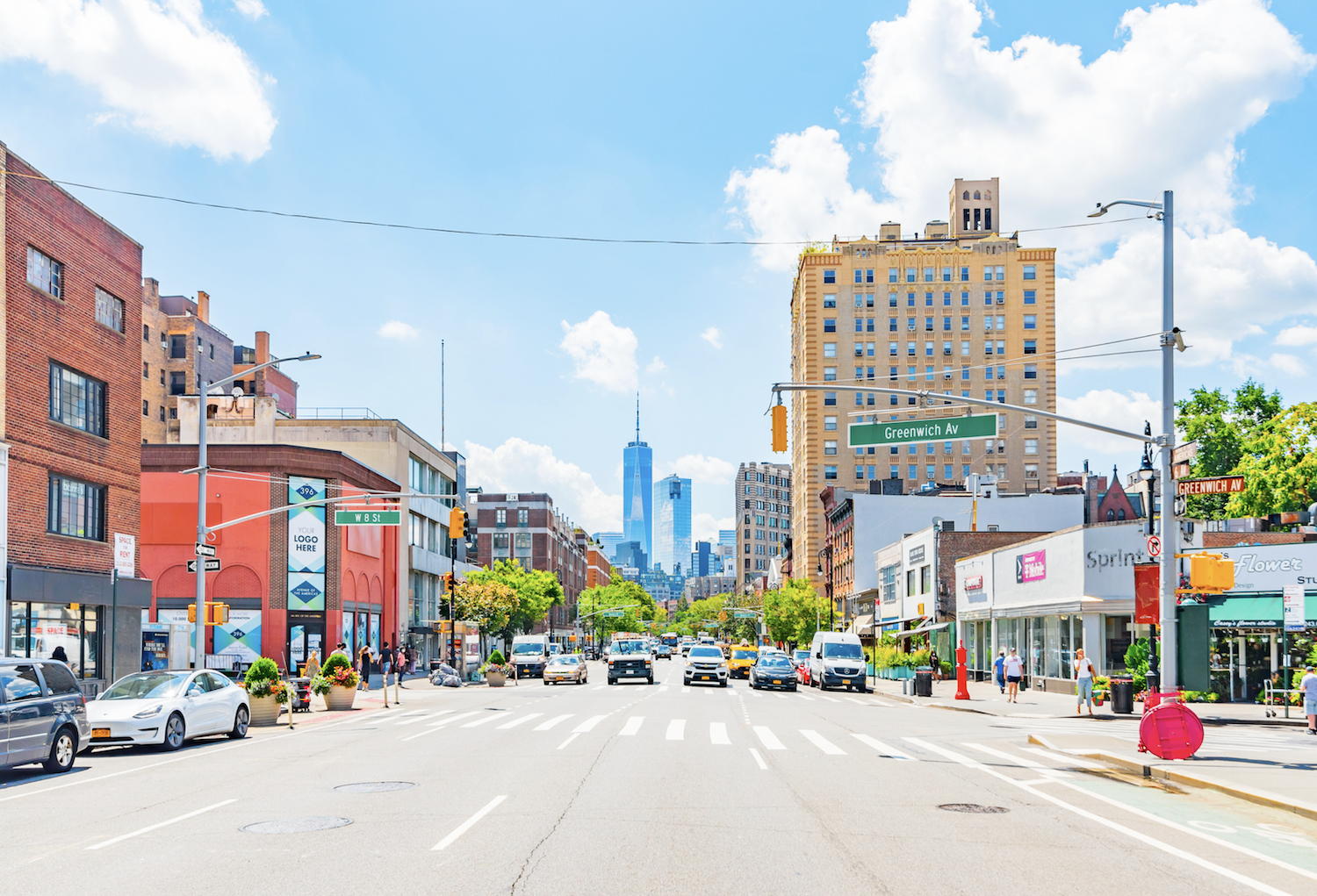There are 60,000 vacant stabilized apartments in NYC (not including 4,800 from NYCHA), yet we have rents hitting all-time highs and people living on the street. Something has to give. The city is running out of resources and eventually it will have no choice but to incentivize the private sector by cutting the red tape. If you believe something has to give, then this is a great reason to buy multifamily buildings in New York.
Do I Own Rent Stabilized Or Affordable Housing?
Right now, prewar buildings are not inherently free market, nor are they traditional affordable housing. They are rent stabilized without the support of the government. After HSTPA, we learned it’s best to own truly free market buildings (NYC or other) or be fully partnered with the government. Public/private partnerships provide affordable housing in return for tax abatements, developer fees and preferred financing.
477 Lenox Avenue is an example. 12 apartments and three stores in Harlem sold for $7.4 million. This is not a typo! This is a $2 million building on steroids thanks to the government pumping it full of incentives and artificially cheap debt. Unless the bricks are cheap enough, decide if you want to buy market rate or align yourself with the government to provide affordable housing. Anything else and you are leaving your business to fate as there are variables involved that are outside of your control.
A 10,000 unit operator, who has only managed to evict five tenants this year, told me about a bill that recently passed preventing landlords from running background/credit checks on program tenants. He couldn’t believe it! He sighed and said, “What even is ownership?” No one is a lord of the land in New York these days. I suggest “property-steward” or just “caretaker”. They feel more accurate and politically correct.
To take the other side of the argument, the market has been reset to 6-7X GRM and there isn’t much else the city can do to depress values further. Generational buyers with a long-term hold and a vision for the future will find a way to do exceedingly well. If you are patient and have the same mindset people had in the 80’s or 90’s when buying buildings, there is a real opportunity to create generational wealth. This explains why today’s buyers of stabilized buildings have been in the market for over 20 years and are using their own money.
Wait For Lower Rates?
We hear a lot of clients saying they want to wait until rates come back down before selling, which is a very reasonable reaction. Clients with free market buildings have seen their rents increase significantly but values eroded by rising rates. Is it better to sell today with high rents and high rates, or, sell tomorrow with potentially lower rents and lower rates?
If rates go down, it’s likely for a reason. There could be a mild recession, higher unemployment, or just a cooler economy – either way, rents do not tend to go up during this period. Let’s do the math with this example.
A $500,000 NOI in today’s neutral 7% interest rate/cap rate environment is worth $7.1 million. If rents decrease 10% to $450,000 and rates also go down to 6% then the property is worth $7.5 million so in that scenario it might be better to wait. It becomes a wash if rents go down 15% and rates go to 6%. You can play around with the numbers and drive yourself crazy trying to predict the future and decide what to do, but if you are doing a 1031 exchange then you also must think about what is happening to the property you will be exchanging into. If rates go down for you, they go down for everyone else and a rising tide lifts all boats.
I’m A Rent Stabilized Owner, What Should I Do?
When I meet with clients they often dwell on the past and my job is to help create a path to a better future by helping them solve the problem in front of them. I share with them the 10 Ways To Be A Successful Seller. During the meeting I encourage them to ask themselves simple questions to create a financial roadmap. Where do you think the market will be when your debt matures and what will that mean for you? Do you want to be doing the same thing you’re doing five years from now? Think with the end in mind and work backwards. If we were sitting having coffee five years from now and you looked back over that five year period, what would have happened to make you happy personally and professionally? Most of the answers to that question invariably involve traveling, working less, making more and spending time with family. Those results will not happen on their own – we are here along with your accountant and lawyer to help put together the plan for the exit ramp.
Having a plan will help you make decisions in the moment. What I’ve noticed over the last quarter is that sellers are 90 days behind the market. I got several calls in October and November from clients we did a BOV for three months prior ready to bring the building to market. Don’t wait for your debt to mature to decide what you’d like to do – you might not like your options. Having a goal oriented plan void of emotion allows you to have foresight and make decisions quickly.
Moving Forward
All hope is not lost for rent stabilized owners. SCOTUS didn’t grant cert to CHIP v HSTPA but they haven’t ruled out two lesser known cases: 335-7 LLC v. City of New York and 74 Pinehurst LLC v New York. As of this writing there are only five cases that SCOTUS hasn’t yet put in in the yes or no pile and we have two of them! For the buyers out there: don’t over lever. Give yourself flexibility for unexpected expenses or rates remaining higher for longer. The biggest mistake I see buyers making today is defaulting to saying no. Not all buildings are equal – pay for quality. Overpay for the fully stabilized building with higher rents and little to no capex needed. Compounding RGB increases look a lot better on $2,000 rents than on $1,200 rents. By the time you’re done cleaning up a building in AEP at 4x the rent you’ll be in for 7X and have that much less hair on your head to show for it!
There are risks in any real estate transaction, it’s up to you to formulate your own decisions based on data you compile, trends you believe to be true and how you want to spend your time in the future.




